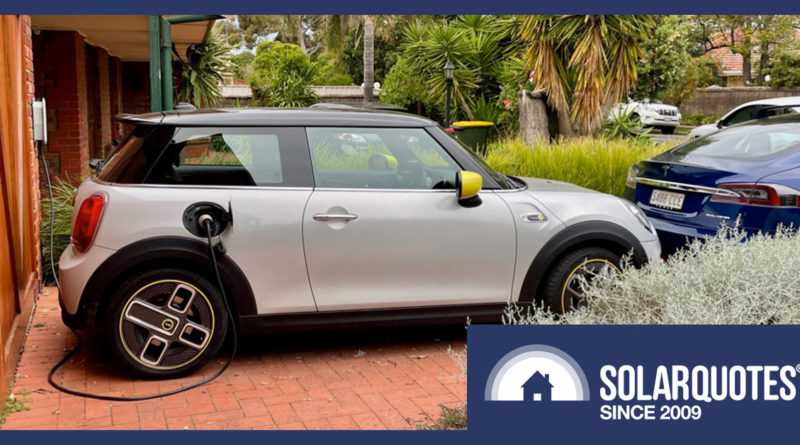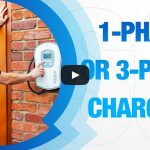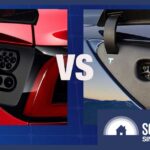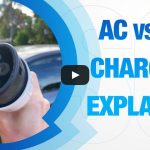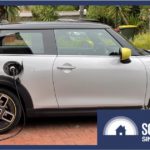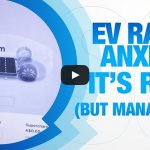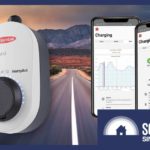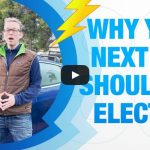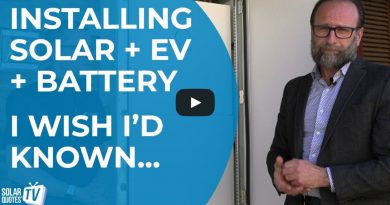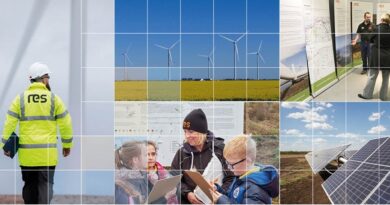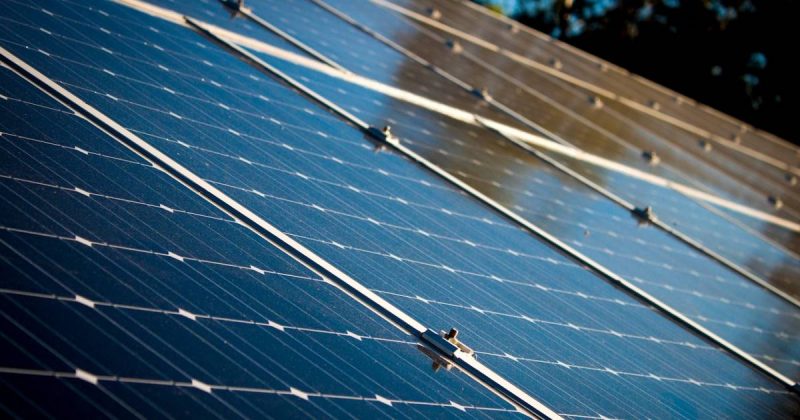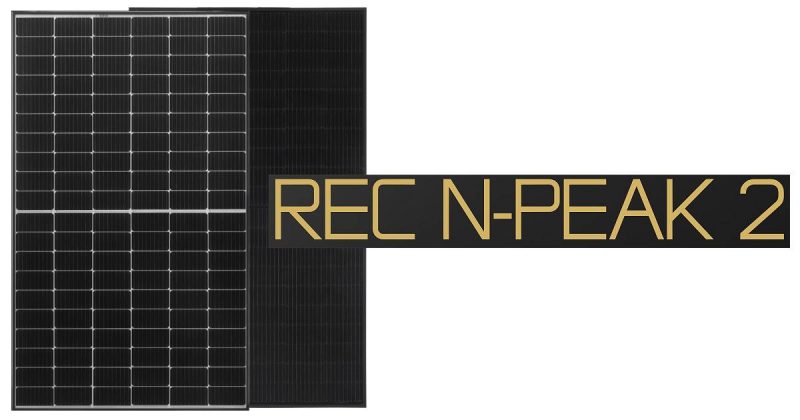How Fast Can I Charge My EV At Home?
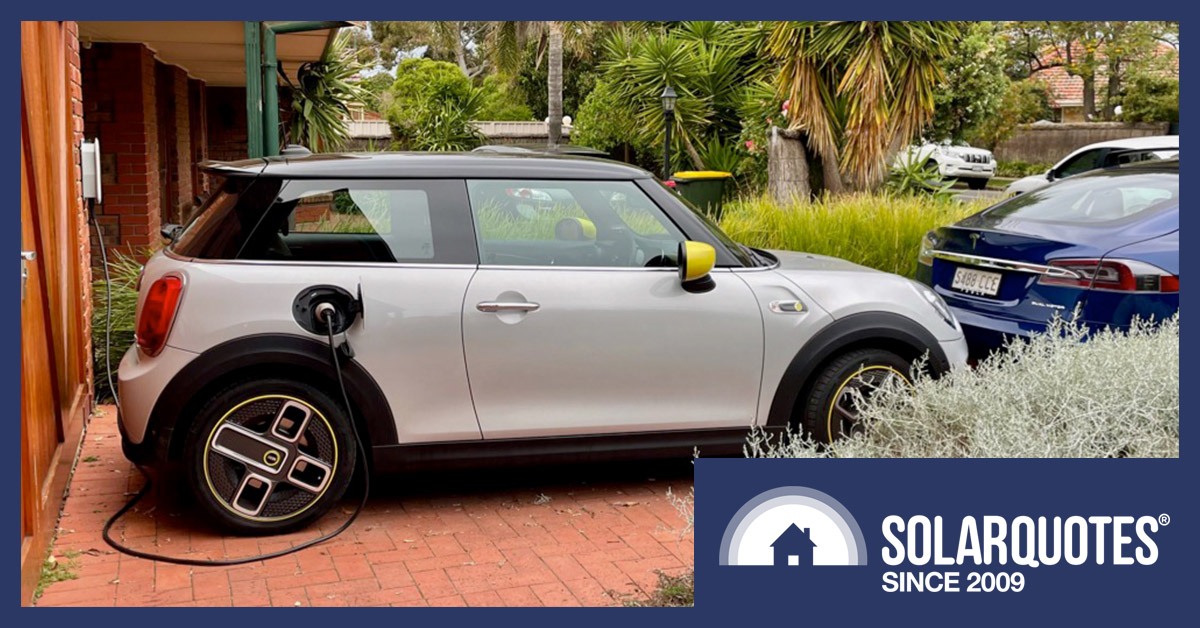

How fast can I charge my electric car at home?
The answer depends on what you plug it into. It can also depend on which EV you have.
The main options for home EV charging are…
- A regular Australian powerpoint: ~ 10 km of range per hour.
- A single-phase hard-wired EV charger: ~ 45 km of range per hour.
- A three-phase hard-wired EV charger: ~ 70 km of range per hour (but some can charge at ~140 km per hour).
If you don’t want to charge at home, you can always use a public charger. With a powerful, ultra-fast charger, and the right EV — such as the Hyundai Ioniq 5 Long Range — it’s possible to get 100km of range in five minutes1. Charging that fast is great for long trips or emergencies, but you’ll mostly want to charge at home because it’s better for the battery and a lot cheaper. The last time I used a Tesla supercharger it cost me 52 cents per kilowatt-hour. Charging with rooftop solar or off-peak electricity is a hell of a lot cheaper.
In this article, I’ll walk you through your home charging options. Then I’ll estimate specific single-phase and three-phase home charging speeds for every popular EV sold in Australia, as well as a few unpopular ones.
Three Levels Of EV Charging
EV charging is divided into three levels of increasing power. Only the first two are available for household use, unless your home has an industrial level power supply for some reason2.:
- ⚡️ Level 1: A normal household powerpoint3.
- ⚡️⚡️ Level 2: A dedicated home EV charger installed on a wall. These can be wired to single-phase or 3-phase power.
- ⚡️⚡️⚡️ Level 3 Charging: These are powerful public chargers that supply DC power. Ultra-fast ones can supply up to 350 kilowatts.
I’m focusing on home charging, so I’ll only go into detail on the first two.
⚡️Level 1 Charging
This is the simplest way to charge. You just plug one end of the level one charger cable into a powerpoint and the other end into the EV. If the plugs on a level one connector don’t fit, try turning it around.
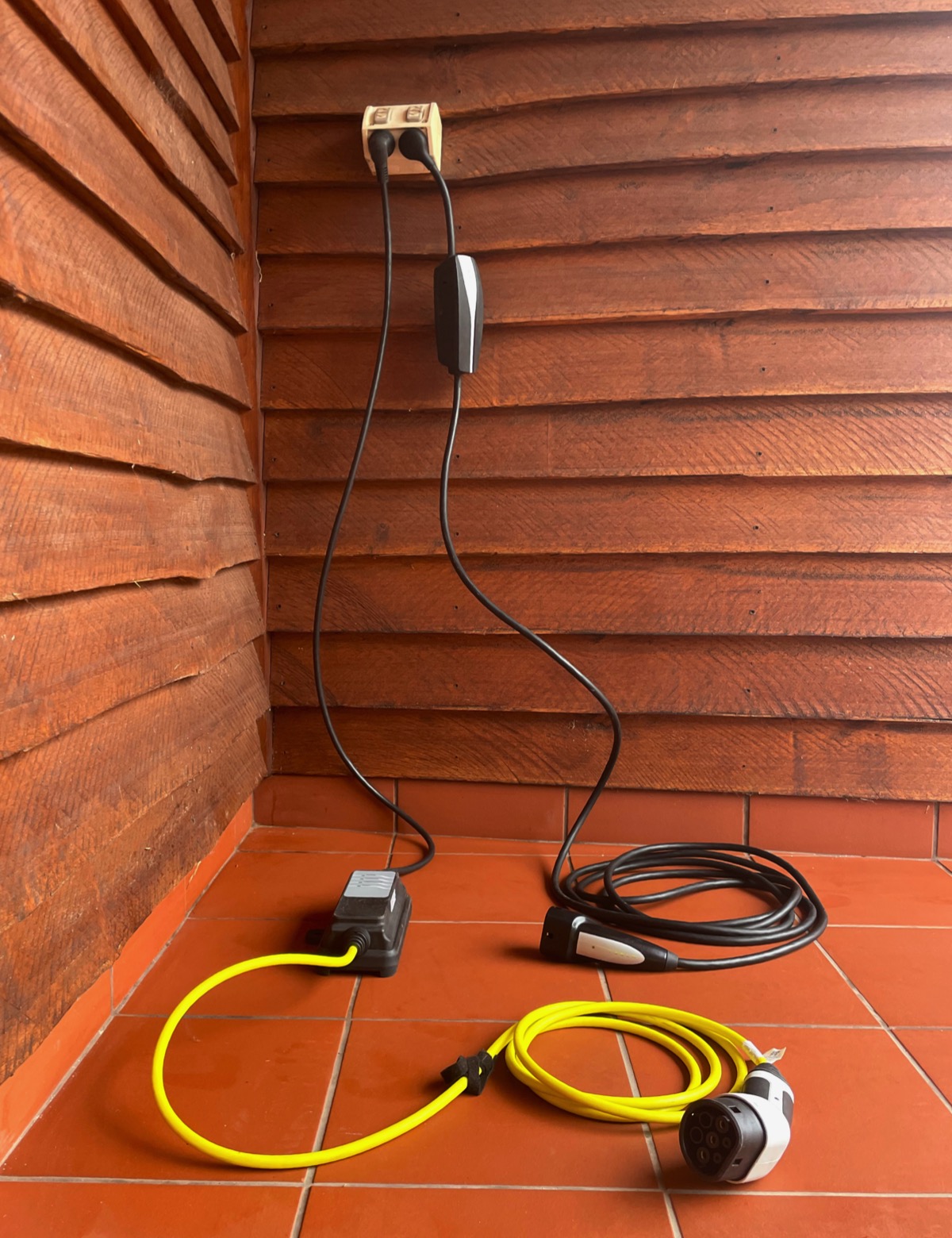
Two mobile chargers. The yellow one is for a Mini Cooper SE, the other for a Tesla. Never plug 2 car chargers into the same socket and use them at the same time or you’ll likely trip the breaker. If the breaker doesn’t trip you’ll be right on the edge of the rated current for the socket and wiring. Don’t do it. If you really want to charge 2 electric vehicles at the same time using their mobile chargers, get an electrician in to advise the safest way to do it in your property.
To ensure the EV can make full use of the available current, and also for extra safety, don’t plug anything else into the powerpoint. If two powerpoint sockets are next to each other, they will probably be on the same circuit, so leave the second one empty.
Every EV manufacturer should include a Level 1 adapter cable with the car.
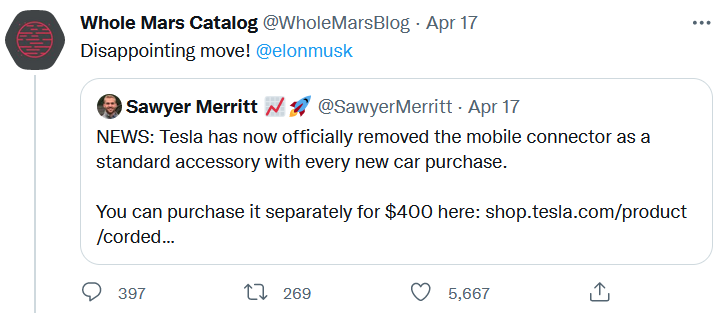
Goddammit, Elon!
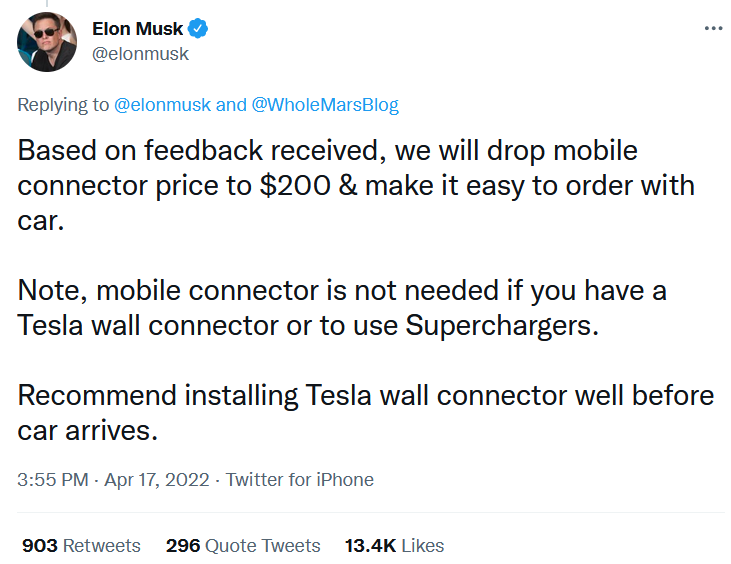
You’ll lower the Level 1 cable to $200 US? Christ, there’s only about $20 US worth of copper in one of them. And at the moment you’re still charging $860 for them in Australia.
While plugging into a regular powerpoint is simple, the charge rate is slow. Generally, it will only charge at 1.5 kilowatts; enough to add around 10 km of range per hour. The exact amount will depend on how efficient the car is when driven and how efficient it is at Level 1 charging.
Level 1 Charging Times
Let’s say you buy a Tesla Model 3 SR+ EV and then spend hours hooning around town, showing off your impeccable taste to your peccable friends. Finally, you arrive home with the battery almost completely drained. If you use a regular powerpoint to provide Level 1 charging, how long will it take to go from next to nothing to fully charged?
Tesla says its “Gen 2 Universal Mobile Connector” will let it charge at 1.9 kilowatts. Assuming level 1 charging is 83% efficient, it will add 12km of range per hour and would take 37 hours to fully charge the battery pack’s 57.5 kilowatt-hours of usable storage.
That’s a long time, but not nearly as bad as some assume. Normal people don’t need to fully charge their EV every day. The average Australian passenger car is driven around 38km per day. This means an average of a little over 3 hours Level 1 charging a day will be enough to keep it topped up.
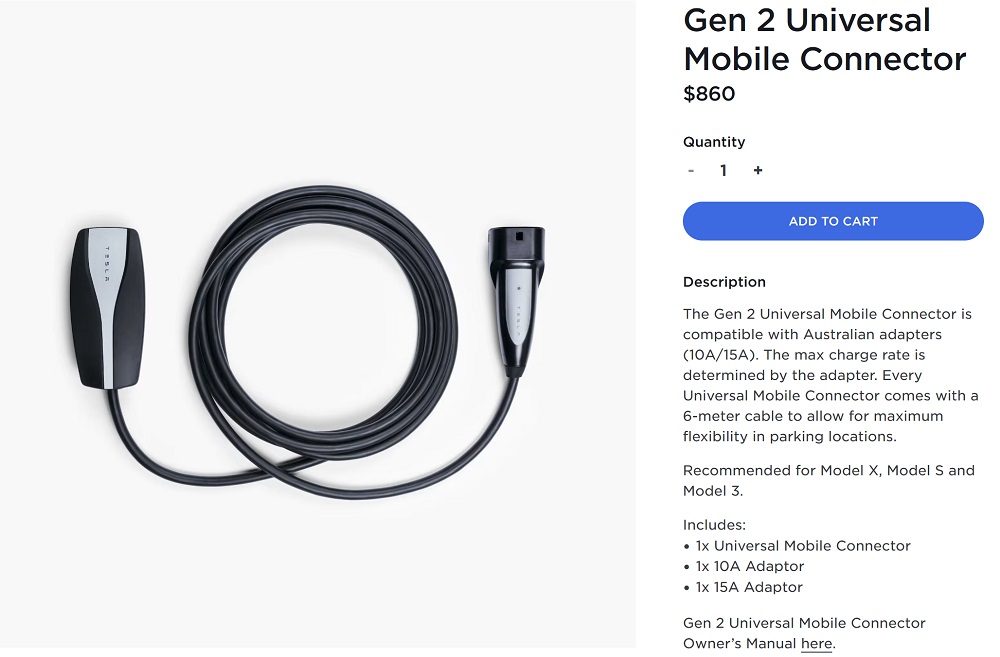
The Tesla connector for level 1 charging is currently being sold in Tesla’s Australian online store for the ridiculous and shameful price of $860.
⚡️⚡️Level 2 Charging
A level 2 charger is normally installed on a wall and can look like this:
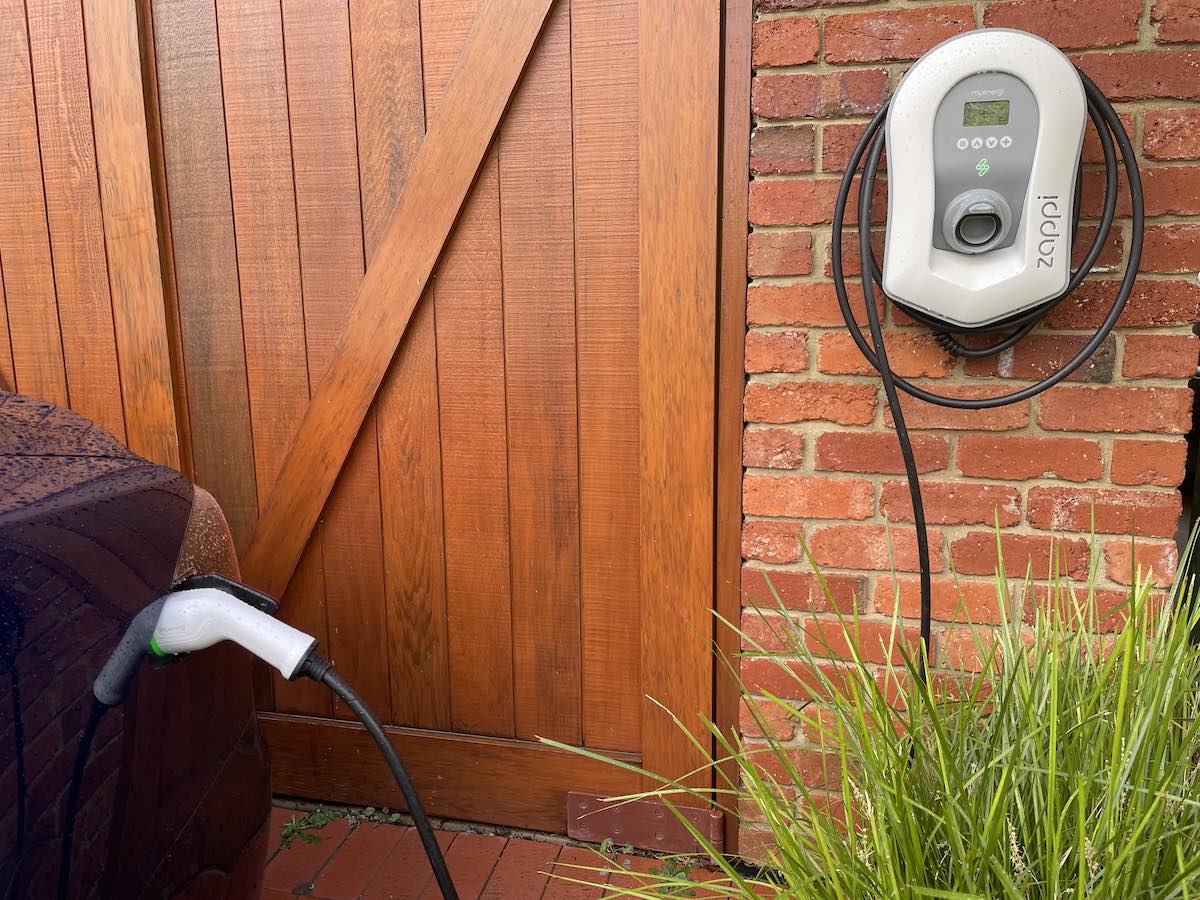
A hard-wired level 2 home charger.
It’s also possible to buy a solar inverter with an integrated Level 2 EV charger, such as this one from SolarEdge:
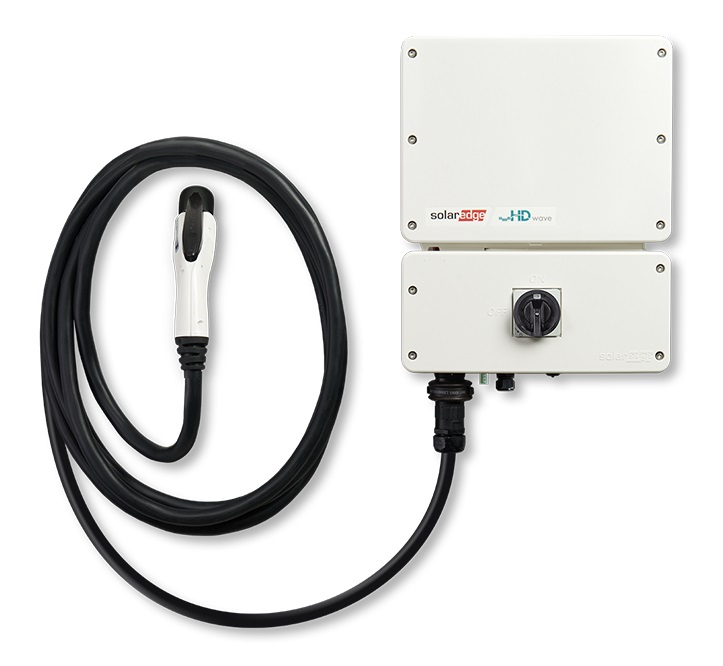
You can check out the specs of this inverter here. Note this has a rated output of 7.4 kilowatts of AC power. It doesn’t supply DC current for higher charging efficiency. Solar inverters able to supply DC power to electric vehicles may appear in the future, but I wouldn’t hold my breath.
Level 2 charging is much faster than Level 1. Just how much faster depends on whether it’s connected to single-phase power or 3 phase power:
- Single-phase EV charger: ~ 4 times faster than Level 1.
- Three-phase EV charger: ~ 6 times faster than Level 1 for most EVs, but ~ 12 times faster with some electric vehicles.
The drawback of level 2 chargers is they cost money. They start with an installed cost of around $1,500 for a basic model and can easily cost twice that if you want something smart. For this reason, you can save money by sticking with Level 1 charging. But, unless you’re well organized and certain you’ll be happy only using Level 1, my rule of thumb is:
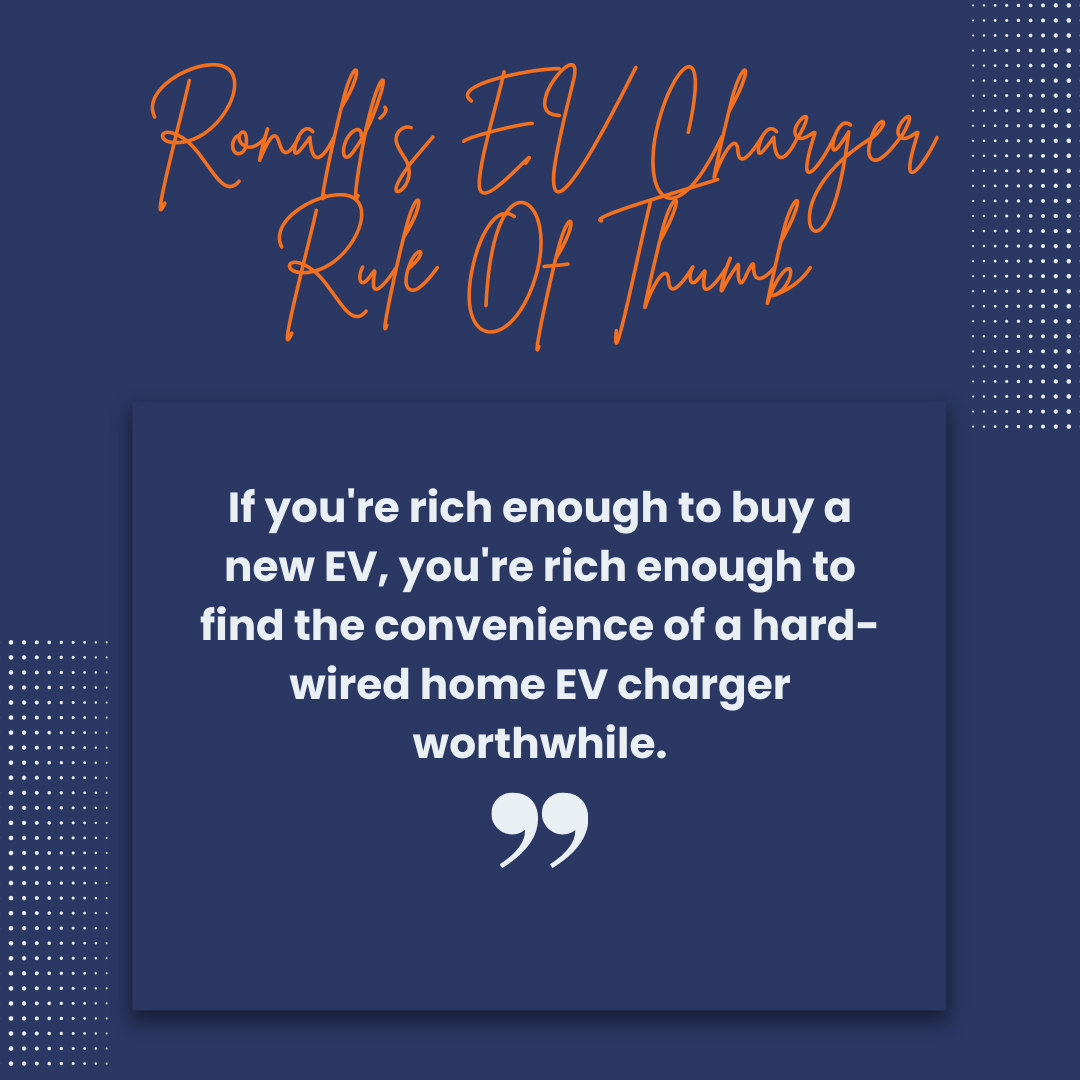

Of course, if you’re not sure you want one, you can always try getting by with Level 1 for a month or two before making a decision.
Single-Phase Level 2 Charging
If your home has single-phase power, you can only install a single-phase home charger. They can generally supply just over 7 kilowatts of power, but the maximum amount will depend on what model you buy. Some can provide 7.4 kilowatts, while others may be 7.2 kilowatts or less. All else equal, more power is better. But there is less than 3% difference between 7.2 and 7.4, so if all else isn’t equal, don’t be too worried about the difference.
For a Tesla Model 3 SR+, a 7.4 kilowatt single phase home charger would be able to…
- Provide around 50km of range in one hour.
- Fully charge its 60 kilowatt-hour battery pack from 0-100% in around 8 hours 50 minutes.
If an EV is driven the Australian daily average of 38km, one hour of single-phase level 2 charging will be more than enough to add that range no matter what type of EV it is — so long as it’s a passenger car and not a semi-trailer.
Three-Phase Level 2 Charging
A three-phase home EV charger can only be installed on a property with 3 phase power. Upgrading to three-phase is an option, but this may cost a couple of thousand dollars or, depending on location, potentially much more. I generally wouldn’t recommend spending that much, unless you have another reason for wanting 3 phase power or you’re determined to have the fastest EV home charging available.
If you have 3 phase power, you don’t have to get a 3 phase EV charger. You can get a single-phase one installed, which will be slower but potentially cheaper.
A 3 phase home charger can generally provide up to 22 kilowatts of power, which is three times more than a single-phase unit. But if I plug it into a Tesla Model 3 SR+, instead of charging three times faster it will only be 1.5 times faster. In other words:
- Provide around 75km of range in one hour.
- Fully charge its 60 kilowatt-hour battery pack from 0-100% in around 6 hours.
The reason why it’s only 57% faster than a 7.4 kilowatt single-phase EV charger is that the Model 3’s onboard charging unit can only accept a maximum of 11 kilowatts. But cars with larger onboard chargers can add range at a faster rate. A new Tesla Model S can accept 16.5 kilowatts, while a Renault Zoe is one of the few electric vehicles that can accept a full 22 kilowatts from a 3 phase level 2 charger.
3 Phase EV Chargers Are Useless For Some EVs
Some electric vehicles will give you no benefit from 3 phase home charging because their onboard chargers simply aren’t large enough. I’ve put some examples below, along with the size of their onboard charger and how many kilometres of range it can supply in one hour. The figure in brackets is the size of the battery pack in kilowatt-hours:
- Hyundai IONIQ Electric (38.3kWh): 7.2 kilowatts – 47km
- Hyundai Kona Electric (38kWh): 7.2 kilowatts – 46km
- MG ZS EV Standard Range (39 kWh): 6.6 kilowatts – 36km
- Nissan Leaf (39kWh): 3.6 kilowatts – 22km
- Nissan Leaf e+ (59kWh): 6.6 kilowatts – 38km
If you have one of these cars you won’t add range faster with a 3 phase home charger. But you may want to get a 3 phase unit anyway to future-proof your home for when you do get a faster charging car.
The onboard charger of the Nissan Leaf is especially weak. However, the Nissan Ariya, which will become available in Japan this week, can charge at a full 22 kilowatts.
Factors Affecting Range & Charging Time
All the ranges I’ve given are based on figures from the European EV Database. Because they don’t have information on how Australia’s hotter weather will affect driving, I’ve used their figures for fair-weather driving and these assume climate control is not used. Using heating or cooling will slightly reduce an EV’s range.
How you drive will also have an effect, with little old grannies getting more distance than revheads per kilowatt-watt. Except for my granny, a complete hoon who was banned from Myers for dropping donuts in the underground car park.


While using climate control will modestly reduce the range, both hot and cold weather can reduce charging efficiency and increase times. This is because the EV can spend energy either cooling down or heating up its battery pack so it can be safely charged. Generally, energy is only spent heating batteries when it’s below 10ºC, so losses from this should not be high in Australia. It’s not yet clear how our warmer than average climate will affect EV charging efficiency, but I haven’t heard EV owners here complain so far.
The EV Database figures I’ve used are for combined city and highway driving. If you’re staying in town you can expect to get around 30% more range per hour of charging than estimates in this article. If you’re hitting the highway, the range may be around 20% less. Note this is the opposite of how internal combustion engine vehicles behave, as their range is worse in the city and better on the highway.
How Fast You Can Charge An EV
Here’s a list of Australia’s most popular electric cars — and a few unpopular ones4 — showing approximately how many km of range they will gain in one hour when charged with:
- A 7.4 kilowatt single phase charger.
- A 22 kilowatt 3 phase charger.
While the EV Database gives real-world figures for range, they don’t do the same for charging efficiency, so I’ve assumed all the electric vehicles have 88% efficiency for both single-phase and 3 phase.
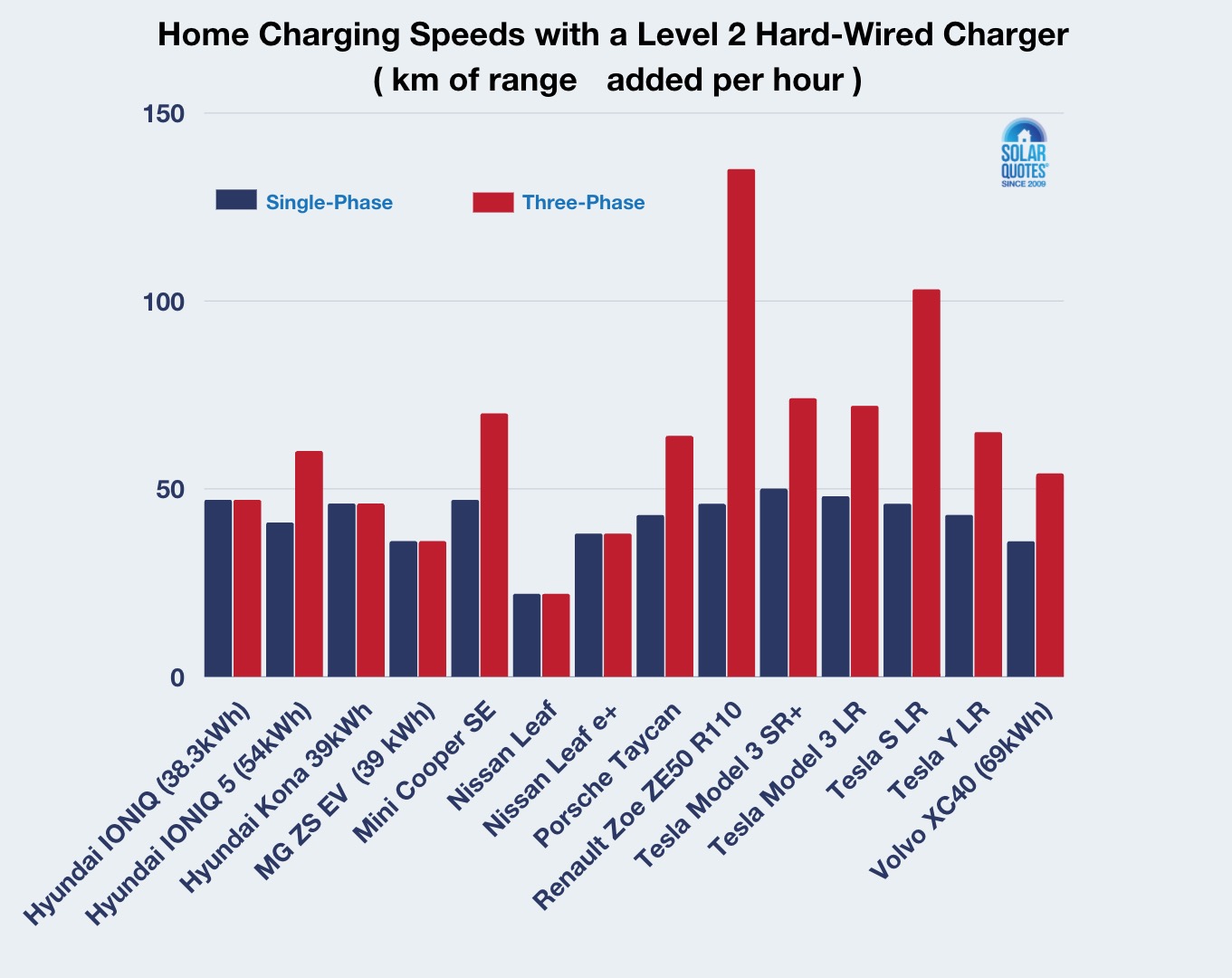
If you want to charge quickly from 3-phase at home, buy a Renault Zoe.
A Quick Finish
Now you know the fastest way to charge an electric vehicle at home and have approximate figures for how much range a home charger can add in an hour for a slew of electric vehicles. Whether or not it makes sense to charge fast is something you’ll have to decide for yourself — for now.
I could give you my thoughts on the topic, but first I’ll have to think them, and then I’ll have to put them in order. That may take a while because I have COVID brain at the moment. That is, I’m putting 90% of my mental effort into avoiding COVID. It’s worked so far, but as I didn’t have much mental effort to begin with, it’s taking a toll.
But at least I was able to scrape together enough brain energy to tell you the fastest way for someone at home to get juice into their EV.

WARNING! Never put juice or any other liquid into your EV battery pack.
Footnotes
- Hyundai says 111km for the Ioniq 5 Long Range, but that assumes no climate control is used, so 100km is more realistic. ↩
- If it’s to bring the dead to life through the application of electrical energy… Well, everyone needs a hobby. ↩
- Many Level 1 connectors can also be used with a 15 amp powerpoint, which can allow moderately faster charging, but few properties have them. ↩
- Many electric vehicles would be far more popular if available in adequate numbers without long waiting times. ↩
Original Source: https://www.solarquotes.com.au/blog/home-ev-charging-speed/

